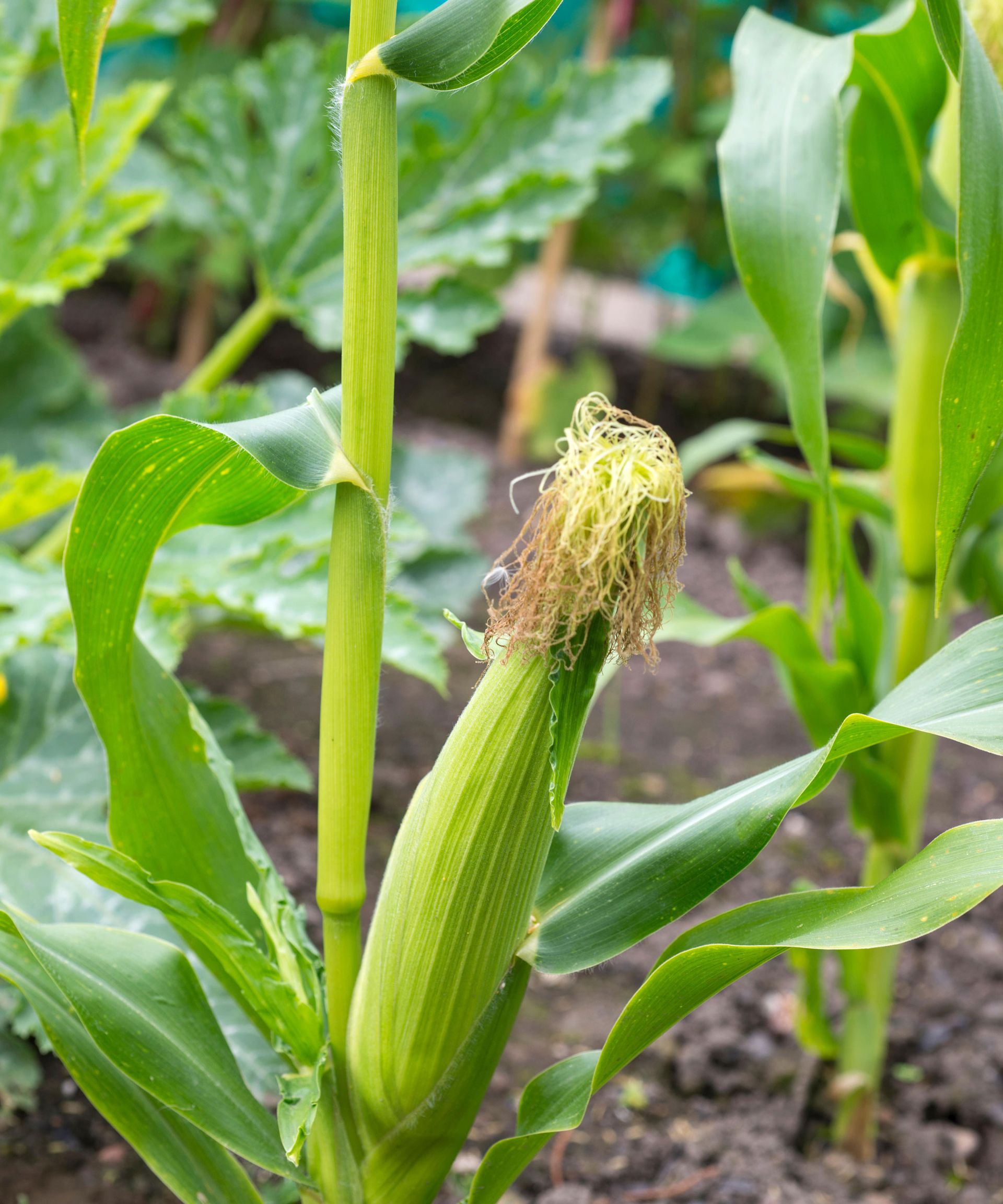
Corn, also known as maize, is one of the most widely cultivated crops in the world. It is a staple food in many countries and is used as a source of nutrition, livestock feed, and even biofuels. But have you ever wondered about the botanical characteristics of corn? Specifically, is corn a monocot or dicot plant?
To answer this question, we need to delve into the world of plant anatomy and classification. In this article, we will explore the differences between monocots and dicots, and examine the characteristics of corn plants to determine which category they belong to.
What are Monocots and Dicots?
Monocots and dicots are two categories of flowering plants that are classified based on the number of cotyledons (seed leaves) they have. Cotyledons are the first leaves that emerge from a seedling, and they play a crucial role in the development of the plant.
Monocots, also known as monocotyledons, are plants that have one cotyledon in their seeds. This means that when a monocot seed germinates, it produces a single seed leaf that emerges from the soil. Examples of monocots include grasses, lilies, and orchids.
Dicots, on the other hand, are plants that have two cotyledons in their seeds. When a dicot seed germinates, it produces two seed leaves that emerge from the soil. Examples of dicots include most trees, shrubs, and flowers.
Characteristics of Monocots and Dicots
Here are some key characteristics that distinguish monocots from dicots:
Monocots:
- One cotyledon (seed leaf)
- Leaves with parallel veins
- Stems with scattered vascular tissue
- Roots with a fibrous root system
- Examples: grasses, lilies, orchids
Dicots:
- Two cotyledons (seed leaves)
- Leaves with net-like veins
- Stems with a ring of vascular tissue
- Roots with a taproot system
- Examples: most trees, shrubs, flowers
Is Corn a Monocot or Dicot?
Now that we have explored the characteristics of monocots and dicots, let's examine the characteristics of corn plants.
Corn is a type of grass that belongs to the family Poaceae. It is a annual plant that grows from seed, and it produces a single seed leaf when it germinates. This means that corn is a monocot.
In addition to having a single cotyledon, corn plants also have leaves with parallel veins, stems with scattered vascular tissue, and roots with a fibrous root system. These characteristics are all consistent with those of monocots.
Why is Corn a Monocot?
So why is corn a monocot? The answer lies in its evolutionary history. Corn is thought to have evolved from a wild grass that grew in the Americas thousands of years ago. Over time, this wild grass was domesticated by early farmers, who selectively bred it for desirable traits such as larger kernels and sweeter taste.
As a result of this selective breeding, corn plants evolved to become more specialized and efficient at producing seeds. One of the key adaptations that occurred during this process was the development of a single cotyledon, which allowed corn plants to conserve energy and resources by producing fewer seed leaves.

Practical Implications of Corn Being a Monocot
So what are the practical implications of corn being a monocot? Here are a few examples:
- Agricultural practices: As a monocot, corn is more sensitive to certain herbicides and pesticides that target broadleaf plants (dicots). This means that farmers need to use specialized herbicides and pesticides that are safe for corn.
- Crop rotation: Corn is often rotated with other monocot crops, such as wheat and barley, to improve soil health and reduce pest and disease pressure.
- Breeding programs: Corn breeders need to take into account the unique characteristics of monocots when developing new varieties of corn. For example, they may need to select for traits that improve the plant's ability to produce multiple ears per stalk.
Conclusion
In conclusion, corn is a monocot plant that belongs to the family Poaceae. Its characteristics, such as having a single cotyledon and leaves with parallel veins, are consistent with those of monocots. Understanding the botanical characteristics of corn can have important practical implications for agricultural practices, crop rotation, and breeding programs.
We hope this article has helped you understand the fascinating world of plant classification and the unique characteristics of corn plants.
Gallery of Corn-related Images




What is the difference between monocots and dicots?
+Monocots and dicots are two categories of flowering plants that are classified based on the number of cotyledons (seed leaves) they have. Monocots have one cotyledon, while dicots have two.
Why is corn a monocot?
+Corn is a monocot because it has a single cotyledon (seed leaf) and its leaves have parallel veins. This is consistent with the characteristics of monocots.
What are the practical implications of corn being a monocot?
+The practical implications of corn being a monocot include agricultural practices, crop rotation, and breeding programs. For example, farmers need to use specialized herbicides and pesticides that are safe for corn.




![Is Corn a Monocot or Dicot? [5 Claims that will Differentiate]](https://plantscraze.com/wp-content/uploads/2022/11/corn-monocot.jpg)






